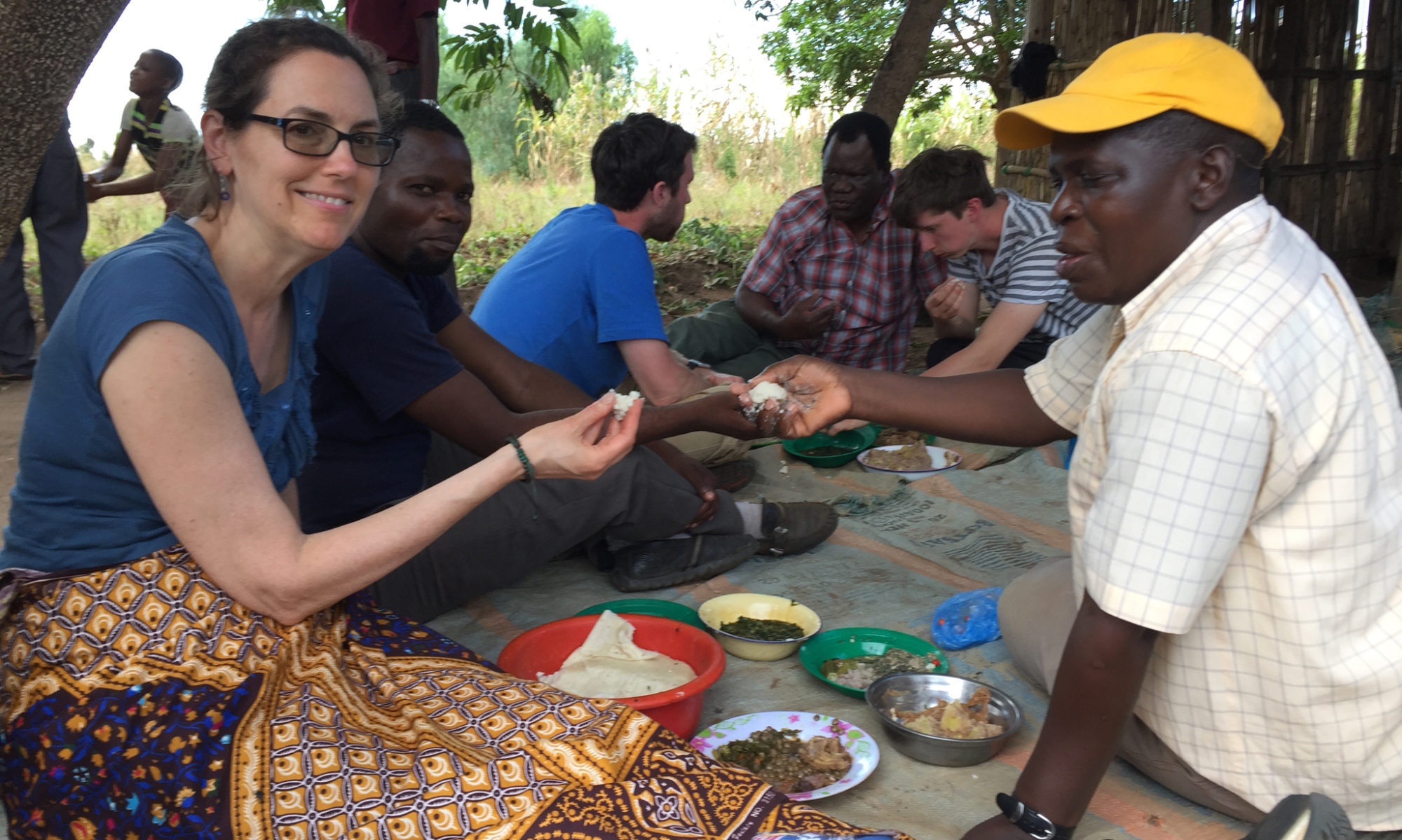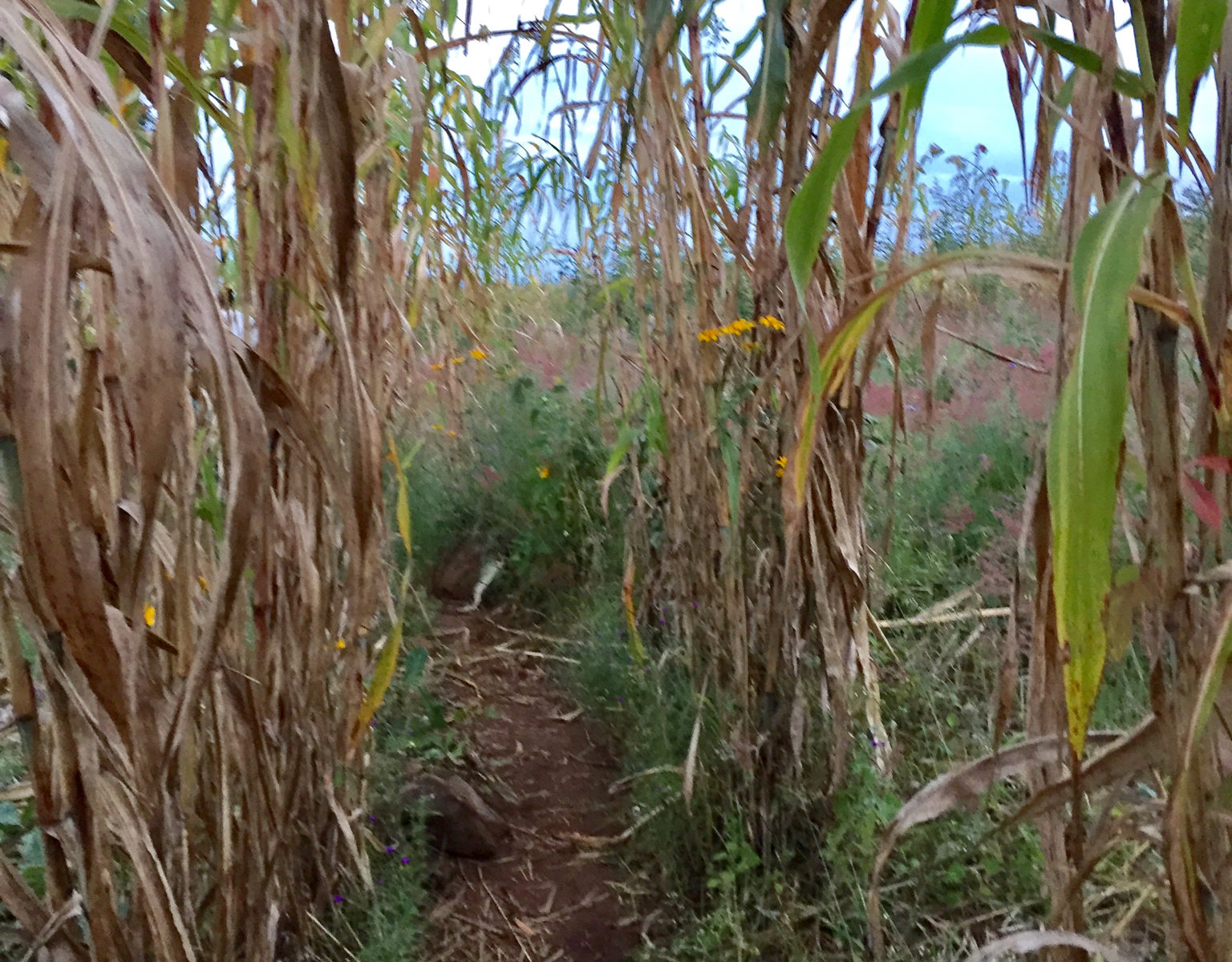Today we started the day with a meeting to discuss the successes and challenges of the 3 days of clinics as well as the way forward to address these challenges. It is interesting to see how things changed over the years as they learned how to do things better. They have organized things better each year and they were very open to improving things even more in the future. Examples of ideas for improvement included adding a morning huddle at each clinic with the prescribers and the pharmacy to clarify what meds are available. Another was to have a laminated cheat sheet, which showed the difference between American and Malawian medical abbreviations.
In the afternoon we made home visits. We visited a girl named Triza who is sponsored in part by our church (Nassau Presbyterian). We presented her family with gifts and we presented her with a school uniform. The uniform fit her perfectly and she seemed delighted. I think it is rare that she gets something new. Apparently she is an excellent student: 3rd in her class of 60 fourth graders.
We then visited 2 other families. One was an older woman and her blind husband who lived with their granddaughter. The girl was 9 and goes to school. The grandfather is unable to do anything because he is blind so the grandmother does all the farming herself. We were able to go into their house, which was made of mud bricks and had a tin roof and glass windows. It was clean and I was glad to see that they used mosquito nets. They had no electricity or running water, of course. It gets dark at 5:30 so it is difficult for the children to study at night.
Our last family was a 90 year old woman living alone. Her son and his family lived next door. She still farms on her own but only harvests 1/2 bag of corn. She also has chickens living in her house with her. One hopes that her son helps her out when she runs out of food. She lives in a mud house with a thatched roof. She reports that it was built in 1984 and that the thatched roof needs to be replaced every 4 years. It does leak in the rainy season. We gave each of the families blankets, clothes, vitamins and we examined them and treated any illness that we found.


